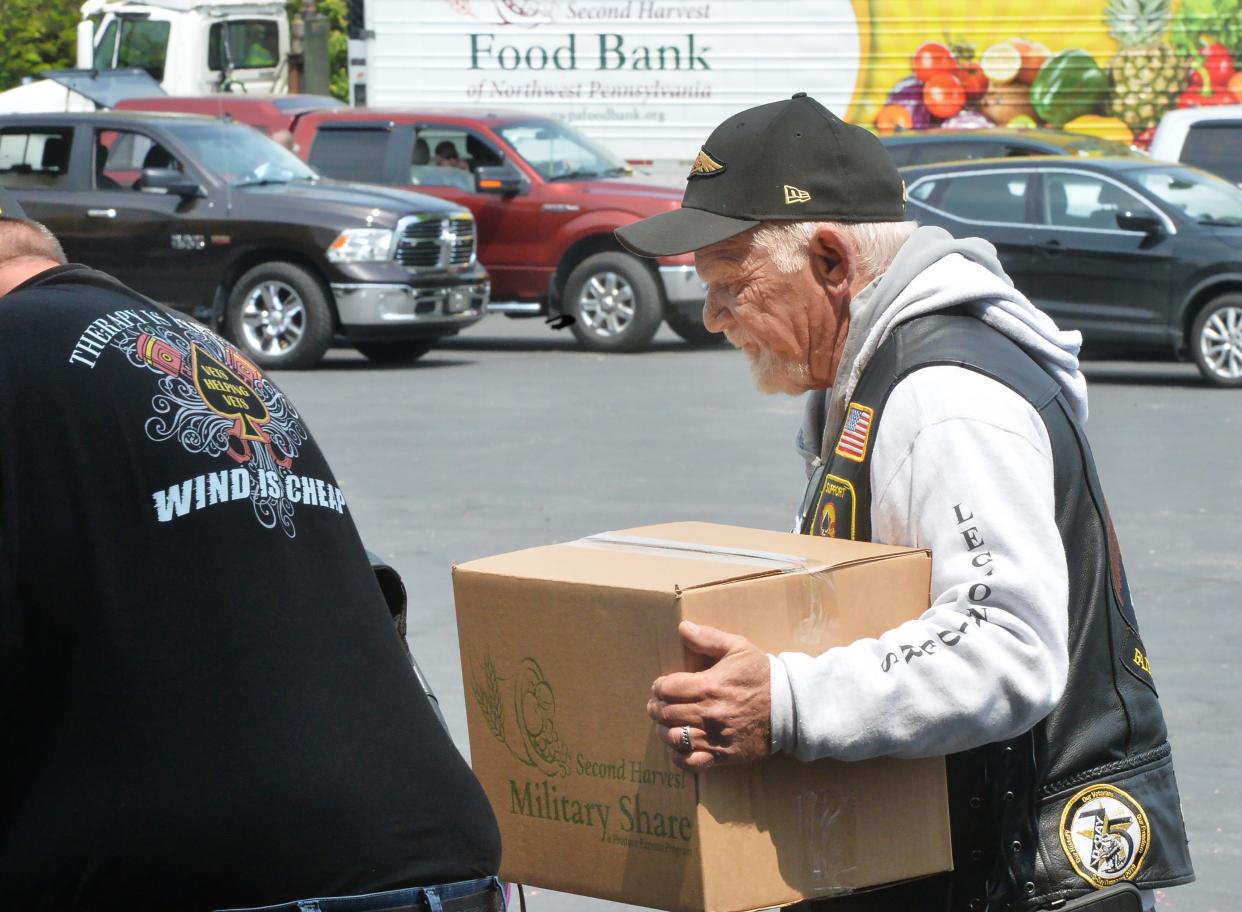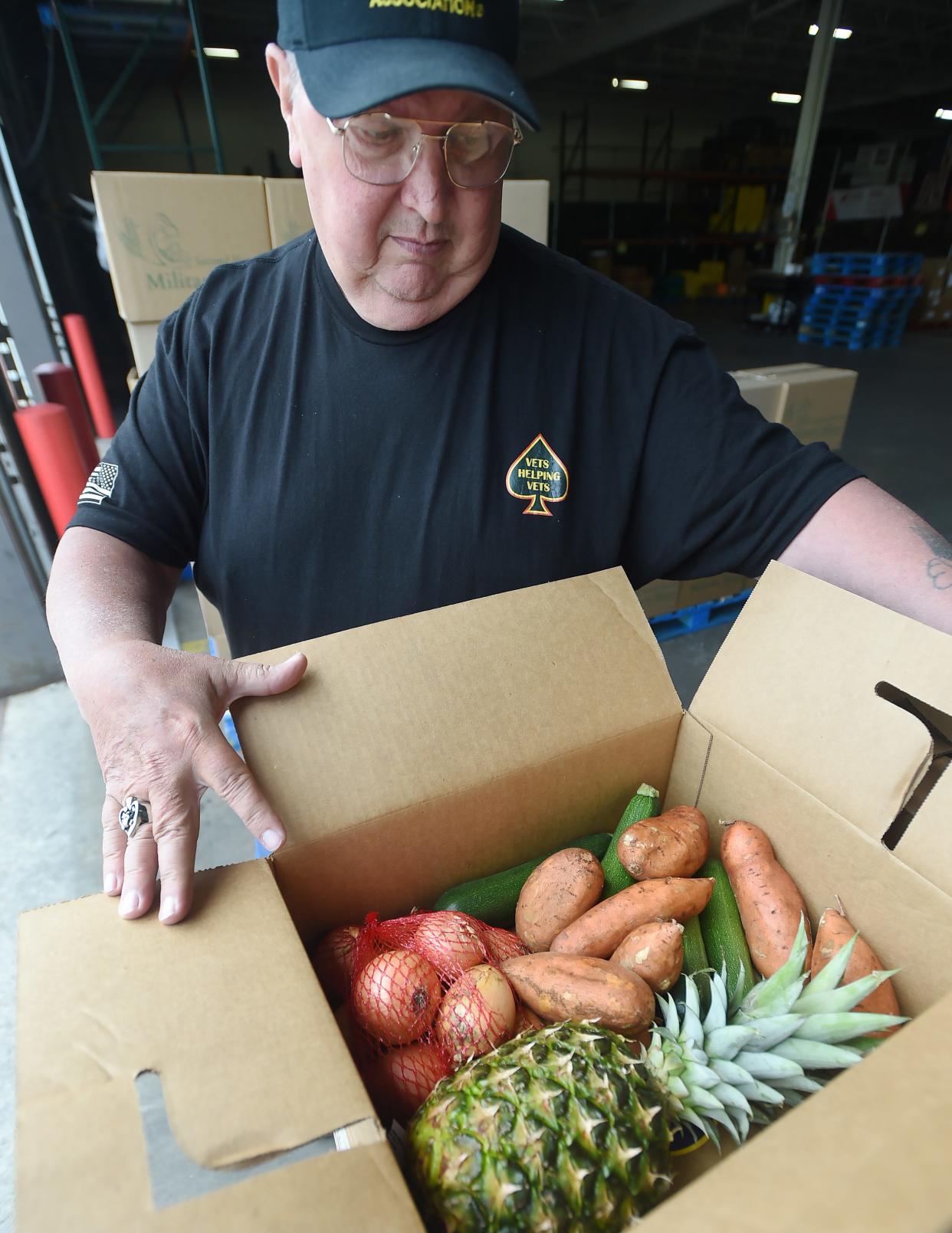Food prices up, more clients: How Second Harvest warns about increasing need for help
The lines have gotten longer at Second Harvest Food Bank. And the food that's being distributed has never cost more.
It's an unwelcome combination that has the organization scrambling to meet demand across its 11-county footprint.
"Just like everyone else going to the grocery store, we are seeing a significant increase in the cost of food," said Celeste Makay, advocacy coordinator for the organization, based at 1507 Grimm Drive.
"We have seen an 89% increase in the cost of food alone since 2019," she said, making a comparison between current prices and those prevalent before the COVID-19 pandemic.

And even now, with the pandemic moving further into the rearview mirror, grocery prices continue to rise.
A recent analysis by ConsumerAffairs, a news and advocacy organization, found that grocery store prices have increased an average of 5.3% over the last year.
More: While we remember those who gave all on Memorial Day, Erie's veterans face growing food insecurity
That analysis, which compared food prices in 15 categories from 150,000 retailers, showed that the size of those increases varies substantially from one state to the next.

Nowhere, however, did prices rise more than in Pennsylvania, where prices checked in November were up 8.2% over the previous year. The second-highest increase was in Vermont, where prices rose by 7%.
Those numbers are bad news for residents of both Pennsylvania and the Green Mountain State.
Meanwhile, they represent especially challenging news for Second Harvest, which also is facing higher costs to truck and store the food that it distributes.
"All of this is happening at the very same we are seeing an incredibly increased need," Makay said.
Growing demand for food assistance
Second Harvest, which distributes food through its 376 partner food pantries and meal programs, is feeding more people with fewer resources, said Second Harvest CEO Karen Seggi.
"We are currently experiencing the greatest increase in need for food assistance in the last four years," she said.
CEO change: Karen Seggi, leader of Second Harvest Food Bank since 2001, has plans to retire
Second Harvest said demand for its services has increased by nearly one-third over the last year.
More specifically, there has been a 33% increase in the number of people seeking food assistance in the counties of northwestern Pennsylvania. Closer to home, the need has increased 31.5% in Erie County.
Despite the growth in both demand and the cost of food, Makay said Second Harvest has not decreased the amount of food it distributes to each person.
"We always brought in more than we needed," she said. "Now we are reaching capacity and are looking for more support from our community to meet the need."
Contact Jim Martin at jmartin@timesnews.com.
This article originally appeared on Erie Times-News: Second Harvest: Food prices increasing, demand for services rising
